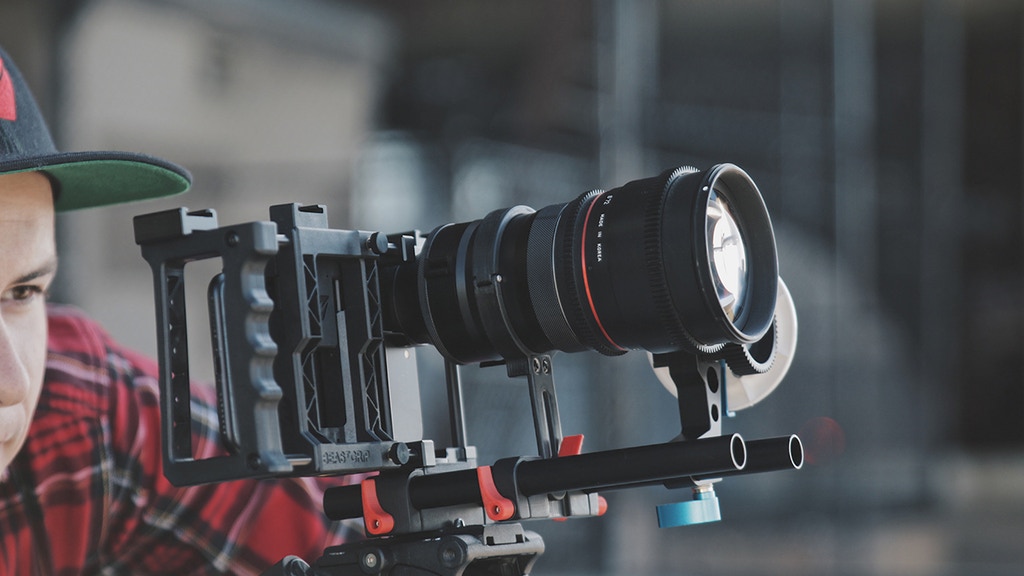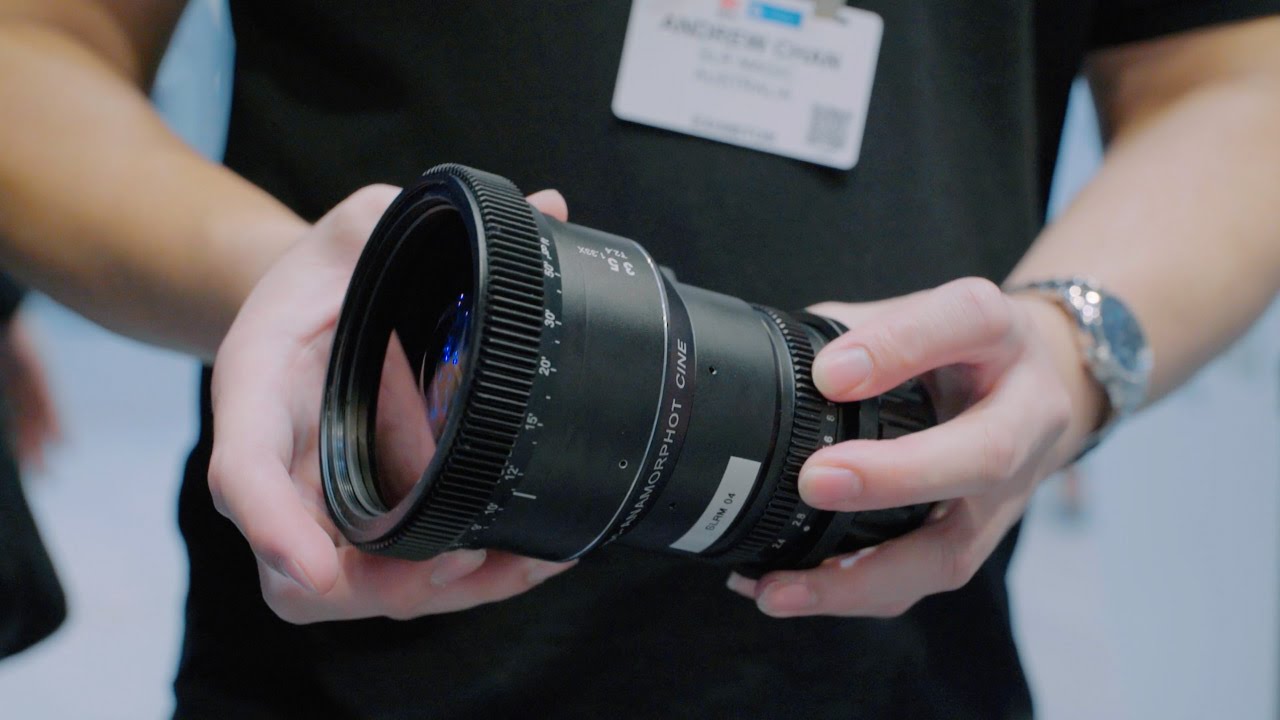Anamorphic Lenses: How it All Works
Have you wondered why an anamorphic lens looks more cinematic than any other type of lens out there? Well, it’s interesting to understand how anamorphic lenses work in order to help create more appealing images in a wider format.
However, these lenses are not suitable for all film making areas. Knowing when and where to use anamorphic can produce higher caliber films than before. If you’re hesitant whether this type of lens will produce the quality you’re expecting or not, you can choose to test it out first.
Start looking for shops or online stores that allow you to rent kowa anamorphic lenses before deciding if you’ll buy one.
How It Works

An anamorphic lens distorts the image and squeezes it in a horizontal manner so that the vertical feature remains unaffected. This was triggered by the birth of television which motivated film studios to start producing films in a wider format through widescreen aspect ratios.
These lenses were basically developed in order to utilize 35mm film frame entirely and compress the picture horizontally two times while full height is maintained.
If you watch the film in a cinema, the lens of the projector will unsqueeze the image in order to get the original proportions. As a result, the standard widescreen aspect ratio of 2.39:1 is obtained from the 1.37:1 film frame aspect ratio.
What Makes Anamorphic Look Distinctive

While an anamorphic lens overcomes 35mm film frame limitations, it also adds a unique look to your image. For instance, it creates an out-of-focus element in your background in order to achieve a unique vertical oval bokeh look.
And to make it even more dreamy, lens flares provide vertical and horizontal streaks across your frame.
Unlike spherical lenses, anamorphic lenses relatively have shallower depth of field which makes it more cinematic. This effect is achieved because of the 50mm spherical lens’ vertical perspective.
However, with digital sensors gaining popularity in the film making industry, anamorphic lenses tend to diminish.
A digital video sensor has a wider aspect ratio compared to 35mm film.
If you use classic anamorphic lenses with a compression factor of two on digital sensors with a 16:9 aspect ratio, they will produce an image with an overly wide aspect ratio of 3.55:1. Other anamorphic lenses can be used with a horizontal compression ratio to achieve the output that a spherical lens on a DSLR can make.
Takeaway
If you work with an anamorphic lens, you need to consider the exact widescreen project you need to deliver, as certain issues may affect your output.
For instance, horizontally compressed images require more complex shot and framing composition.
Remember, an anamorphic is larger than a spherical lens, making it less appropriate when filming the action.



















